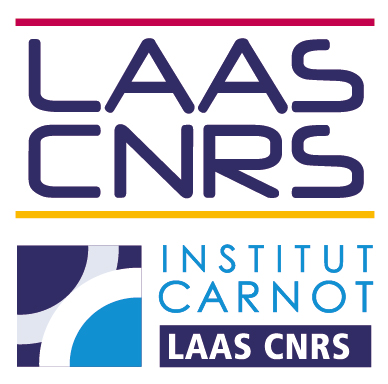Investigation of the selectivity of thrombin-binding aptamers for thrombin titration in murine plasma
Résumé
Detection of thrombin in plasma raises timely challenges to enable therapeutic management of thrombosis in patients under vital threat. Thrombin binding aptamers represent promising candidates as sensing elements for the development of real-time thrombin biosensors; however implementation of such biosensor requires the clear understanding of thrombin-aptamer interaction properties in real-like environment. In this study, we used Surface Plasmon Resonance technique to answer the questions of specificity and sensitivity of thrombin detection by the thrombin-binding aptamers HD1, NU172 and HD22. We systematically characterized their properties in the presence of thrombin, as well as interfering molecular species such as the thrombin precursor prothrombin, thrombin in complex with some of its natural inhibitors, nonspecific serum proteins, and diluted plasma. Kinetic experiments show the multiple binding modes of HD1 and NU172, which both interact with multiple sites of thrombin with low nanomolar affinities and show little specificity of interaction for prothrombin vs. thrombin. HD22, on the other hand, binds specifically to thrombin exosite II and has no affinity to prothrombin at all. While thrombin in complex with some of its inhibitors could not be recognized by any aptamer, the binding of HD1 and NU172 properties is compromised by thrombin inhibitors alone, as well as with serum albumin. Finally, the complex nature of plasma was overwhelming for HD1, but we define conditions for the thrombin detection at 10nM range in 100-fold diluted plasma by HD22. Consequently HD22 showed key advantage over HD1 and NU172, and appears as the only alternative to design an aptasensor.

